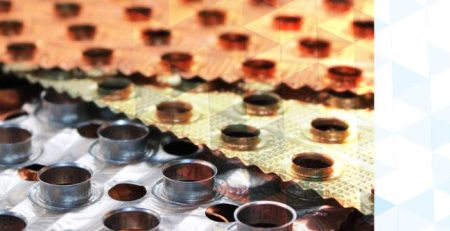How should we defrost food
Defrosting is just as important a process as freezing if we want to obtain quality food.
In this case, the rules are just the opposite of those for a freezing process. While freezing processes should ideally be carried out in the shortest possible time, when it comes to thawing, the ideal is just the opposite, that they should be as slow as possible (within reasonable limits).
A very common practice to avoid whenever possible is to defrost food at room temperature, as there are a lot of bacteria that proliferate very easily at temperatures between 4 and 40 °C, especially in foods such as meat or fish. In addition, when thawing at room temperature, the surface of the food will inevitably thaw first, generating a layer of water on that surface which will favour the growth of these bacteria.
What is slow defrost?
Based on the above, thawing should ideally be carried out at a temperature that does not exceed this barrier, which is around 4 °C (maximum 5 °C). The disadvantage here is that defrosting will take much longer, but it will be worth it as the defrosting will be uniform. This slow defrosting helps to restore the original properties of the food, and the proliferation of bacteria will be very slow. For this reason, it is recommended at a domestic level, that defrosting of food is always carried out inside the refrigerator, where the temperature is usually around 4 °C.
What is fast defrosting?
If we do not have the time to perform slow defrosting (inside the refrigerator), there are also some quick defrosting methods that can give an acceptable result if done properly:
- Microwave: it is advisable to carry out the defrosting process in several stages, as if we do it in just one, we run the risk of cooking some parts of the food. The defrosted product should be cooked without much delay.
- Cold water jet: consists of hermetically wrapping the food and subjecting it to a jet of cold water. Since the defrosting time is relatively short, it will not be long enough to reach temperatures that put the food at risk.












